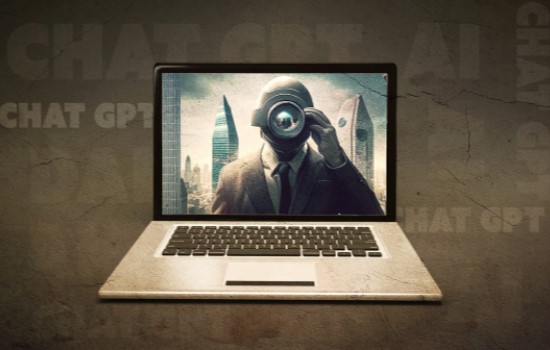Artificial Intelligence can be used mainly to enhance and augment human capabilities
 By Dr Mohammed Firoz
By Dr Mohammed Firoz
Generative AI, like ChatGpt, is rapidly evolving and transforming various aspects of our lives. While concerns about its impact on the job market are valid, it’s important to note that AI is not a replacement for human creativity. Instead, it can be used to enhance and augment human capabilities.
One potential application of ChatGpt in the education sector is to assist teachers and students in generating new ideas or improving their writing skills.
ChatGpt can provide suggestions, corrections, and feedback, enabling learners to enhance their writing abilities.
Customized educational content
Additionally, ChatGpt can be used to develop customized educational content tailored to individual learning styles and preferences.
Governments and educational institutions can take proactive measures to ensure that learners and workers are prepared for the future by investing in training and reskilling programs that equip them with the necessary skills to thrive in a world with generative AI.
Generative AI tools like ChatGpt can assist educators in various tasks, but they still need to replace the role of human educators in the learning process. Instead, generative AI can help educators enhance their roles as facilitators, mentors, and guides for their students.
AI can help streamline administrative tasks such as scheduling, enrollment, and record-keeping, freeing up faculty and staff time for more high-value tasks such as research and teaching.
Additionally, generative AI can help universities identify areas where they can improve operations and student experiences, such as providing personalized recommendations or predictive analytics.
Tools to spark imagination
While AI can assist in generating content, it is not a replacement for human creativity. Educators can use AI tools to spark imagination and create ideas, but it is up to human educators to bring their unique perspectives and insights to the learning experience.
AI can help to create conversational interfaces that engage students in interactive discussions and simulations. This could include virtual role-playing exercises, chatbot tutors, and interactive quizzes that provide immediate feedback.
AI can analyze large datasets and generate new insights, potentially transforming how research is conducted and disseminated. This could involve using AI to identify patterns and correlations in data and generate fresh hypotheses and models.
Educators and researchers must maintain critical thinking skills, human creativity, and ethical considerations in using these tools. Moreover, universities need to ensure that AI is used in a way that is transparent, explainable, and aligned with their mission and values.
In conclusion, generative AI can support educators as facilitators, mentors, and guides for their students, but they still need to replace their expertise and critical thinking skills.
Therefore, rather than fearing the impact of AI on the job market, we should embrace these technologies as creative collaborators that can enhance our capabilities and create a more efficient and effective education system that benefits both learners and educators. (This piece is collaborative writing with OPenAI’s ChatGPT)
Main/Featured Image on top by Alexandra Koch from Pixabay has been used for illustrative purposes only
With a career spanning more than two decades in higher education, research, and educational leadership, Dr Mohammed Firoz has gained extensive global exposure through his work with various international universities. Currently, he serves as the Dean of Media, Design, and Creative Studies at Inspiria Knowledge Campus in Siliguri, located in the picturesque region of North Bengal, India.












More Stories
When Rajesh Khanna left the shoot mid-way, told scribe, ‘I’m going for a screw’
Of the Northern Lights and an Adventure with Huskies in Swedish Lapland!
Sufiana Lived His Heart: A Daughter Reminisces